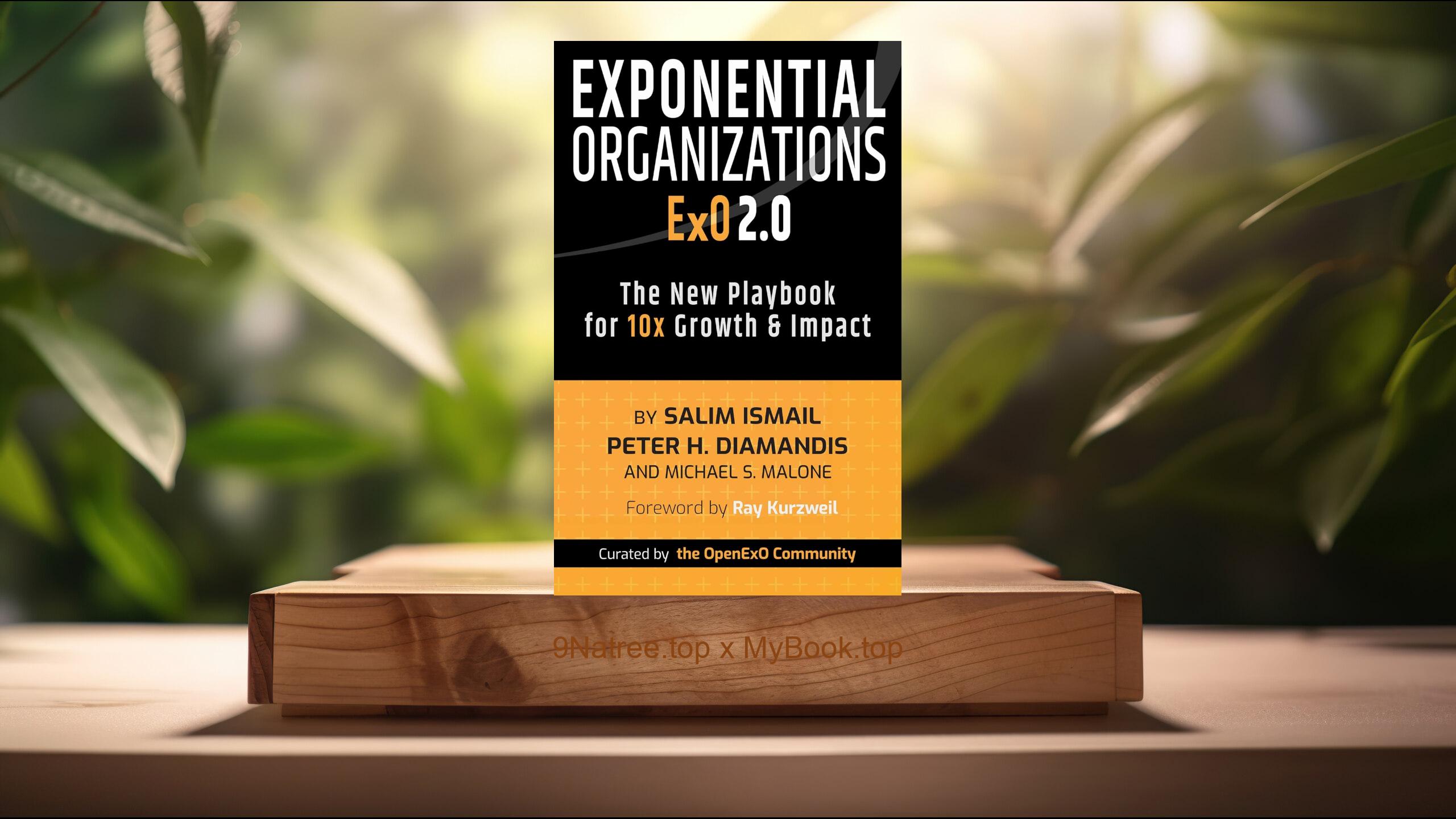Show Notes
- Amazon USA Store: https://www.amazon.com/dp/B000OI119M?tag=9natree-20
- Amazon Worldwide Store: https://global.buys.trade/Go-Put-Your-Strengths-to-Work-Marcus-Buckingham.html
- Apple Books: https://books.apple.com/us/audiobook/go-put-your-strengths-to-work-unabridged/id1439503055?itsct=books_box_link&itscg=30200&ls=1&at=1001l3bAw&ct=9natree
- eBay: https://www.ebay.com/sch/i.html?_nkw=Go+Put+Your+Strengths+to+Work+Marcus+Buckingham+&mkcid=1&mkrid=711-53200-19255-0&siteid=0&campid=5339060787&customid=9natree&toolid=10001&mkevt=1
- Read more: https://mybook.top/read/B000OI119M/
#strengthsbaseddevelopment #selfawareness #creatingasupportiveworkculture #performanceimprovement #feedbackandgrowth #careersatisfaction #Maximizingpotential #GoPutYourStrengthstoWork
These are takeaways from this book.
Firstly, The Importance of Strengths-based Development, In the realm of personal and professional development, the concept of strengths-based approaches stands in stark contrast to traditional methods that emphasize overcoming weaknesses. Marcus Buckingham elucidates this distinction by asserting that focusing on strengths can lead to a more effective and fulfilling path to achievement. By concentrating on what we do best, we can unlock enhanced job satisfaction, engagement, and productivity. The crux of this argument is rooted in psychological principles and extensive research that suggest people are generally more motivated and productive when they can align their work with their inherent talents. The author encourages readers to reflect on their own strengths rather than dwell on areas of improvement. By identifying and embracing these strengths, individuals can discover their unique value propositions within teams and projects. Moreover, organizations can benefit significantly from a culture that promotes strengths, leading to higher retention rates, better team dynamics, and overall success. Buckingham's insistence on the significance of this mindset is the first powerful step in achieving not just better performance but also a deeper sense of personal fulfillment and purpose.
Secondly, Knowing Your Unique Strengths, A critical theme in Go Put Your Strengths to Work is the importance of self-awareness in recognizing one's unique talents and abilities. Buckingham guides readers through the process of self-discovery aimed at uncovering their distinct strengths. This element is crucial because most individuals often underestimate their capabilities or take their skills for granted. By making a conscious effort to catalogue what they do best, readers can foster a greater sense of identity that aligns with their professional roles. The book provides several tools and questions to help individuals engage in self-reflection. For instance, Buckingham suggests examining past accomplishments and moments of personal pride to identify recurring strengths. Are you an excellent communicator who thrives in collaborative environments? Do you excel in strategic thinking, always seeing the bigger picture? Highlighting these unique strengths enables a firm foundation upon which to build a successful career. Not only does this awareness lead to improved performance, but it also fosters a sense of validation in one's contributions. By understanding and embracing their strengths, individuals can pave the way for a more authentic and impactful professional life.
Thirdly, Creating a Strengths-based Work Environment, In line with Buckingham's advocacy for strengths-based methodologies, he suggests actionable ways to cultivate a work environment that prioritizes the strengths of individuals. It's not enough for an individual to recognize their strengths; they must also be in an environment that nurtures and allows for the application of those talents. Organizations can create such an environment through various practices, such as pairing employees based on complementary strengths, fostering open communication, and establishing regular feedback loops that focus on positive recognition. Team dynamics play a massive role in productivity, and by allowing team members to work in roles aligned with their strengths, organizations can unlock greater collaboration and innovation. Furthermore, Buckingham explores the role of leadership in fostering this culture. Leaders should be encouragers and facilitators of strengths-based development by recognizing each employee's contributions and providing opportunities for them to shine. By creating a culture where strengths are celebrated and leveraged, organizations become not only more productive but also create a more engaged workforce. This approach can significantly enhance morale, reduce burnout, and inspire loyalty among team members.
Fourthly, The Six Powerful Steps to Outstanding Performance, Central to Go Put Your Strengths to Work are six powerful steps that serve as a framework for achieving outstanding performance. These steps provide a structured approach to implementing strengths-based strategies in one’s career. The first step involves identifying strengths, which is integral to personal development. Following this, readers are encouraged to find roles or projects that allow them to utilize these strengths actively. The next step emphasizes the need to engage with colleagues who also recognize and value their strengths, creating an uplifting and supportive professional atmosphere. The fourth step involves creating tailored goals that reflect one’s strengths, thereby aligning personal ambitions with professional duties. The fifth step urges individuals to regularly assess and adjust their roles and responsibilities to maximize the use of their strengths continually. Finally, the sixth step is about taking accountability for one's performances and outcomes, reinforcing a sense of ownership over one’s career trajectory. These steps serve not just as a roadmap but also as a mindset shift that aligns career paths with personal fulfillment and success.
Lastly, The Role of Feedback in Strengths Development, Feedback is an essential component in the journey of putting one's strengths to work, as articulated by Buckingham. While self-awareness is the first step, continuous feedback from peers, mentors, and leaders can greatly enhance the understanding and application of one's strengths. Buckingham emphasizes the importance of seeking feedback that is constructive and focused on strengths, as this type of feedback can drive personal growth and reinforce positive behaviors. To incorporate feedback effectively, individuals are encouraged to adopt a mindset of openness and curiosity, viewing input as opportunities for learning rather than criticism. This shift in perspective allows for the incorporation of others' observations into an individual's understanding of their strengths. Additionally, organizations can play a significant role by establishing feedback mechanisms that focus not only on areas for improvement but also on recognizing excellence. Creating a strengths-based feedback culture encourages individuals to embrace their talents and drives engagement within the workforce. As individuals receive validated recognition of their strengths, it fuels their motivation and commitment to their roles.
![[Review] Go Put Your Strengths to Work (Marcus Buckingham) Summarized](https://episodes.castos.com/660078c6833215-59505987/images/1945275/c1a-085k3-v6242pmwupx7-juhtx5.jpg)




